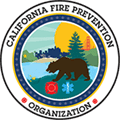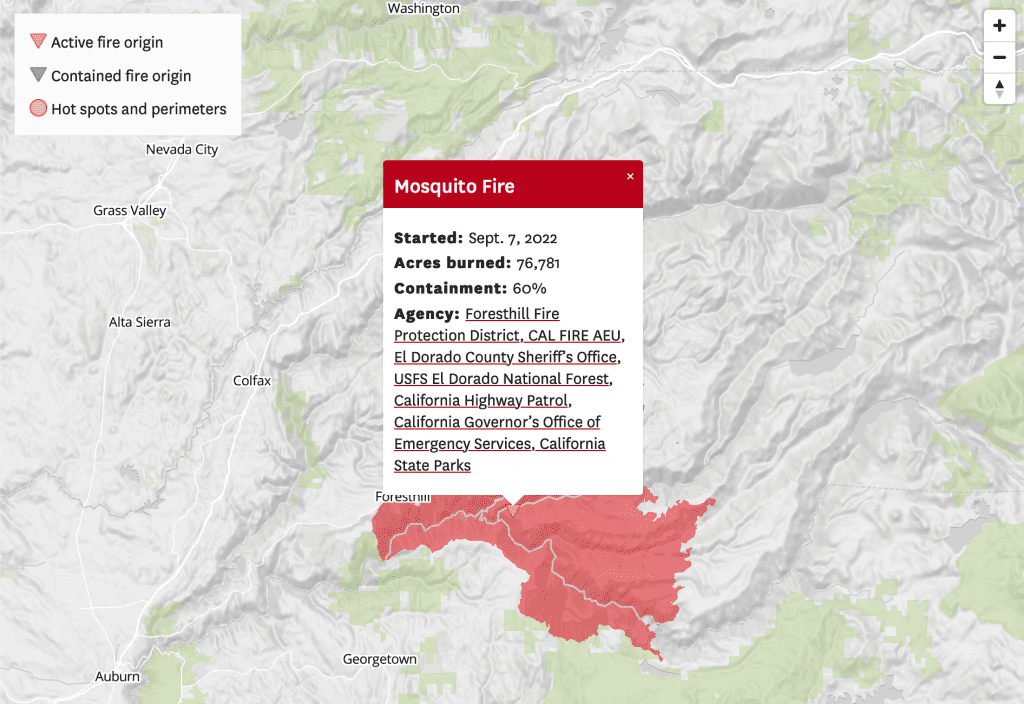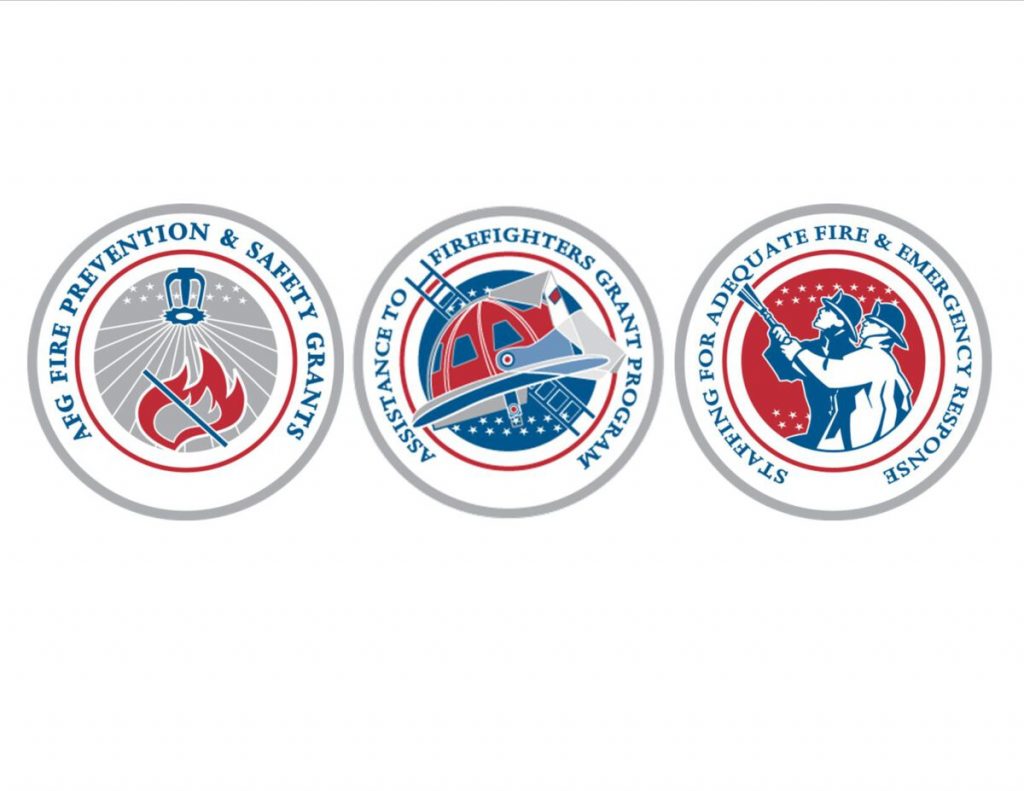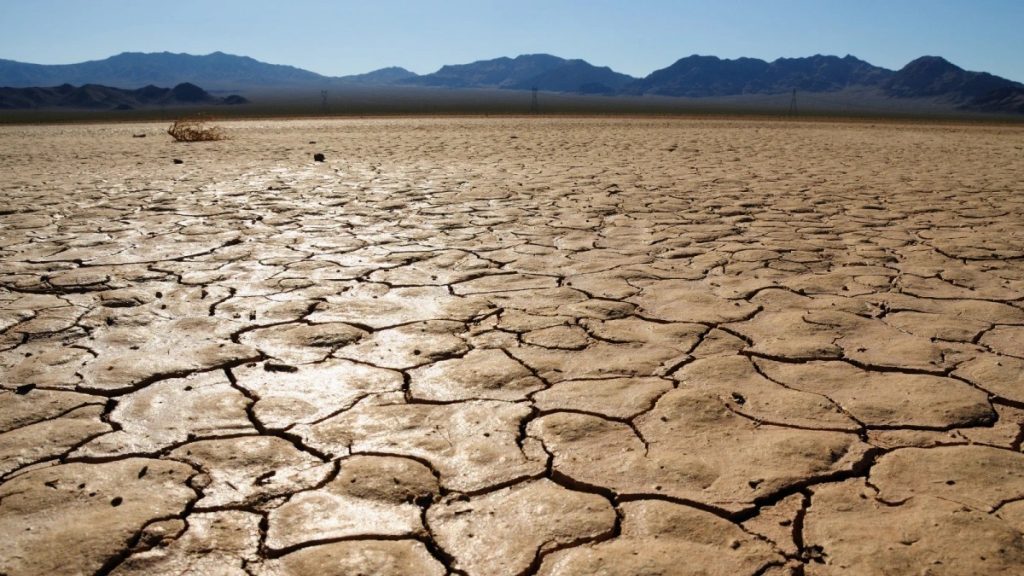With winter approaching, it’s very important for Californians to start understanding El Niño. The threat is real. The wet weather phenomenon has become a huge blip on the forecasting radar for the Western United States since summer. But what does it really mean for Californians in general, and Southern Californians specifically?
What is El Nino?
The term El Niño in Spanish means The Little Boy, or Christ Child. El Niño was first observed by fishermen off the coast of South America in the 1600s, with the appearance of unusually warm water in the Pacific Ocean. The name was chosen based on the winter (near Christ’s birth) time of year when it typically occurred.
Scientifically, El Niño is a component of a larger weather pattern known as the El Niño-Southern Oscillation (ENSO) cycle. The ENSO cycle is a scientific term that describes the fluctuations in temperature between the ocean and atmosphere in the east-central Equatorial Pacific (or, the middle of the huge Pacific Ocean.
The opposite weather phase of El Niño is called La Niña. La Niña means The Little Girl in Spanish. La Niña is also sometimes called El Viejo, anti-El Niño, or simply “a cold event.” During a La Niña year, winter temperatures are warmer than normal in the Southeast and cooler than normal in the Northwest.
Why is El Niño Dangerous?
Simply put, El Niño is dangerous because it behaves differently than the “typical” weather pattern that occur in the Western U.S. and other parts of the world. People who don’t pay attention and prepare for the effects of El Niño are most at risk. Those who take valuable steps to protect their families and property are less likely to suffer the impact of extensive rain, wind, and cold that is likely to affect the west for months to come. The 1997-98 El Niño claimed 17 lives and caused more than $500 million dollars in damage throughout California.

The 2015/2016 El Niño is bringing lots of water to Southern California. You might think that was good news, as the state has been suffering through a significant drought for years. Unfortunately, the arid weather and lack of water during the past few years, not to mention the signficant wildfire summer that California has experienced adds up to real danger for people and property. This “Godzilla” El Niño will roar into the State, and the bone dry earth will not be able to absorb the heavy rainfall. The result will almost certainly be floods and mudslides. Lots of them.
When Will El Niño Arrive?
It’s already here. In mid-October, the first El Niño related storm swept across California. In fact, the high desert region to the north and east of Los Angeles County went from zero inches of rain to more than three inches of water in just over one hour on October 15th. That rainfall resulted in tons of water and mud flooding and burying hundreds of vehicles on Interstate 5 and Highways 58 and 138, as well as some homes. Several people were carried away to their death.
In Indonesia, forest fires raged. Rain and wind in Britain were blamed on the “The Little Boy,” and a disappointing monsoon in India is also credited to the weather patterns developing in the central Pacific Ocean. The impact on weather patterns around the world is impacted by El Niño – sometimes causing drier weather or reduced rainfall, but in the jet stream that flows from the central Pacific Ocean to the Western United States – and Southern California specifically, it’s all about the rain.
As of November 10th, the major affects of El Niño have yet to be felt in Southern California. Scientists can measure the degree of discomfort felt as a result of the combined effects of temperature and humidity. When they observe the heat index over the surface of a vast tract of ocean in the equatorial Pacific, they’re seeing something very ominous: It may be that El Niño is as big as anything seen before, and computer models are forecasting that it will only get stronger over the coming weeks and months. We can expect additional storms to form, in fact as early as this coming week, and by the middle of January, the full force of El Niño will likely be upon us.
Is Destructive Weather Guaranteed?
Some scientists are very worried. Bill Patzert, a climatologist with NASA’s Jet Propulsion Laboratory, gave this El Niño its “Godzilla” moniker. The National Oceanic and Atmospheric Administration (NOAA) has stated that the current El Niño episode could rival the strongest El Niños on record (1982-83, 1997-98). NOAA is the premier source of weather data and official forecasting for the U.S. NOAA believes the chances of a dangerous El Niño are at least 95%.
The “Godzilla” El Niño of 2015-2016 is expected to be one of the strongest on record, having large consequences on global weather. Not only is the threat of substantial rain real, but there are other dangers to be concerned with. Unusual lightning strikes have been recorded on California beaches during the past few weeks (no injuries), but strong winds and unusual temperatures could be a formula for electrical storms unlike what California has seen in decades. Tornadoes, not typically seen on land in California are also possible, although its likely that any twisters will be localized and unlike what the midwest experiences on an annual basis.
What is Being Done About the Godzilla El Nino?
Cities across California are bracing for the Godzilla storms that are predicted for the coming months. Some cities are taking dramatic action. Los Angeles Mayor Eric Garcetti has developed an El Niño Task Force, comprised of 13 city departments, for a for a collective, focused effort to protect Angelenos.
“The city must be ready for the immediate effects and the subsequent aftermath that come with heavy rainfall,” Garcetti told reporters and stakeholders at a press event held at the City’s Emergency Management Department (EMD). “The actions we take to prepare for any and all of these impacts have the potential to directly affect our livelihoods and indeed ensure the survival of our city.” EMD General Manager Jim Featherstone echoed the Mayor, adding, “If you’re prepared for the big earthquake, you have the fundamentals to be prepared for El Niño.”
In addition to the El Niño Task Force coordinating efforts, private agencies are engaging in activities designed to better prepare people for the coming storms, and to help them survive and emerge on the other side. Cellphone providers AT&T, Sprint, T-Mobile and Verizon say they will share network capabilities in the event of a not only an El Niño disaster, but an earthquake event as well.
What Resources are Available to Me?
Most cities in the path of the Godzilla storms are already at work preparing shelters, distribution programs for sandbags, emergency water and food supplies, as well as additional first responder resources. The first place to look for information that will be useful to you is your local fire department’s website. Next, visit the California Fire Prevention Organization website often, as we’ll post information, free safety preparedness documents, and other materials important to El Niño preparedness and survival.
California Fire Prevention Organization will be working with its affiliate and partner fire agencies to provide useful public education materials as well. These materials will become part of presentations in Elementary Schools, Middle Schools, Older Adult facilities, and homeowner organization meetings.
A Few Basic Tips
If it’s raining and/or you’re told that significant weather is imminent, stay home. Business owners should talk with employees about “work from home” options in the event of bad weather.
If you drive, don’t drive through standing water. Even if it doesn’t seem deep, you don’t know what’s under that water. A broken storm drain, missing manhole cover, or other debris could damage your vehicle and strand you, making you a sitting duck for the Godzilla monster to sweep you away (and did you know it only takes a bit more than one foot of water to move your vehicle?) Finally, if you do become stranded for any reason, stay with your vehicle. Local first responders will rescue you.
Stay away from canyons, creeks, flood control channels and the river beds. They will quickly fill with water. If you fall in, rescue may be a challenge, and water sweeps through those channels at a fairly high rate of speed.
WHAT TO DO IF YOU SEE A PERSON OR ANIMAL FALL INTO RUSHING FLOODWATER?
- Do not go into the water to affect a rescue on your own. You will become a victim yourself.
- Do not try to rescue the individual using your hands, rope or similar devices.
- Do not attach anything to yourself and toss it to a victim in the water. You will become a victim as the current will be stronger than you.
- If you have access to a floatation device, such as a boogie board, Styrofoam ice chest, basketball or other unattached object, throw that to the person in the water.
- Immediately call 9-1-1. Tell the 9-1-1 call taker that a person or animal fell into the river/channel and is being swept downstream.
- Give accurate information about where and when you saw the person and describe them to the fullest extent possible.
IF YOU FALL INTO RUSHING WATER…
- Remain calm. It’s highly unlikely that anyone will hear you yelling for help, and you’ll quickly tire, making you more likely to succumb to the rushing water.
- Try to float on your back with your legs straight and your feet pointed downstream.
- Use your legs to shove yourself away from obstructions. Many people die when they are pinned against rocks or get caught up in submerged debris or vegetation. Go with the flow.
- Keep your head up so that you can see where you are going.
If You See Something, Say Something
For non-emergency issues, you can call the appropriate agency. If you see downed power lines where people may come into contact with them, fire, people in distress, or moving water or mud, don’t hesitate to call 9-1-1. The call takers will speak with you and determine if there is a real emergency.
If you call 9-1-1, be prepared to tell the call taker where you are. That means your address, the street nearby, and the closest intersection or landmark. Most of us know our own address, but do we know the address of the local supermarket? If you’re shopping and the parking is being innundated by mud, how will you know what to tell the 9-1-1 call taker? Practice with your family if you need to, but learn about “situational awareness,” and practice it every day during the upcoming El Niño season.
It’s Real – Be Prepared and Survive
Godzilla is already here, but the wrath of El Niño is hopefully a few months away from reaching full strength. Pay attention to your local radio, twitter feeds, and use the websites provided by your local first responders, emergency management teams, and local news outlets.
Study the NEW El Niño section of the California Fire Prevention Organization website (coming soon), and make certain you create a family escape plan in case you need to evacuate your home or business in a hurry.
You may also read more about El Niño and her impact on North America by reading Bob Henson’s blog post on the Dr. Jeff Masters’ Blog.
El Niño is Real. It’s effects will last for some time. In fact, a strong El Niño, combined with increasing levels of carbon dioxide in the atmosphere, means that the world is now heading for the warmest year on record, breaking last year’s record to become the hottest since 1880, when the instrumental record began.





